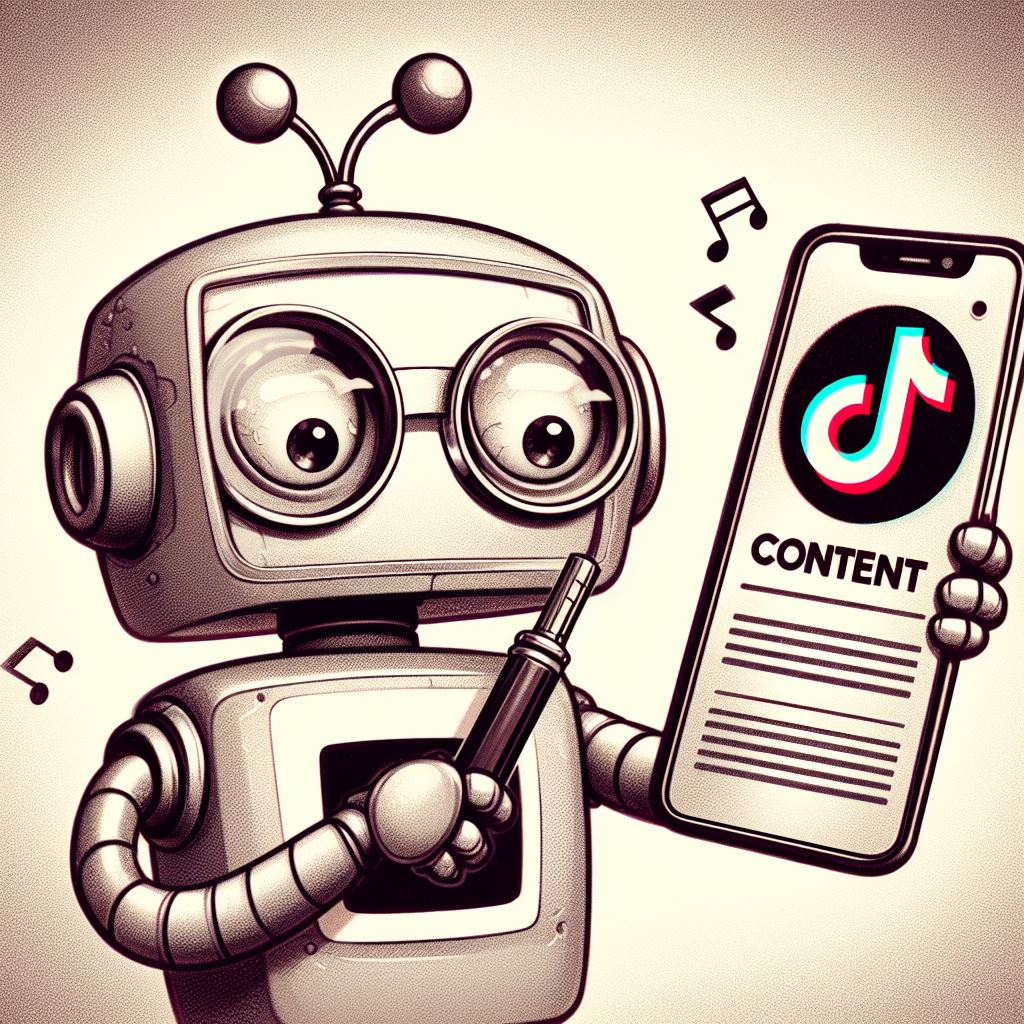TikTok AI-Content Labeling: Enhanced Transparency
TikTok is the worldwide popular social video platform. In a major change towards transparency and authenticity, it has announced an update to its content labeling policy. The platform will now automatically label content that is created using artificial intelligence (AI), even if it was generated on other platforms.
This change is enabled by the implementation of a technology known as Content Credentials. It is developed by the Coalition for Content Provenance and Authenticity (C2PA). The C2PA is a joint initiative co-founded by tech giants Microsoft and Adobe.
Content Credentials works by attaching specific metadata to content, which allows TikTok to instantly recognize and label AI-generated content. This means that if a creator posts content on TikTok that was created with a service like OpenAI’s DALL·E 3, it will automatically have an “AI-generated” label attached to it. This change is intended at guaranteeing transparency and authenticity, while also taking the pressure off creators.
While TikTok already labels content made with its own AI effects, it will now also label content created on other platforms that have applied Content Credentials, such as OpenAI’s DALL·E 3 and Microsoft’s Bing Image Creator. Google has also assured to support Content Credentials.
In the coming months, TikTok will start attaching Content Credentials to AI-generated content created on the platform using TikTok AI effects. The metadata will include details on where and how the AI-generated content was made or edited and will remain attached to the content when downloaded.
This move by TikTok is an important step towards guaranteeing the authenticity of content and providing transparency to its users. It also sets an example for other social media platforms to follow, hypothetically leading to a more transparent and authentic digital content landscape.
The automatic labeling of AI-generated content is expected to help users better understand the origin of the content they consume and make more knowledgeable decisions about what to trust and share. It also provides a level playing field for creators, guaranteeing that AI-generated content is clearly labeled and recognized.
As AI continues to advance and become more predominant in content creation, initiatives like these are essential in maintaining trust and authenticity in the digital content landscape. It remains to be seen how other platforms will respond to this move by TikTok, but it certainly sets a high standard for transparency and authenticity in AI-generated content.
Read More: Meta AI Tools for Advertisers: Full Image Creation Now Possible
Read More: Robert Kahn Crypto AI Innovations: Work in Crypto and AI

